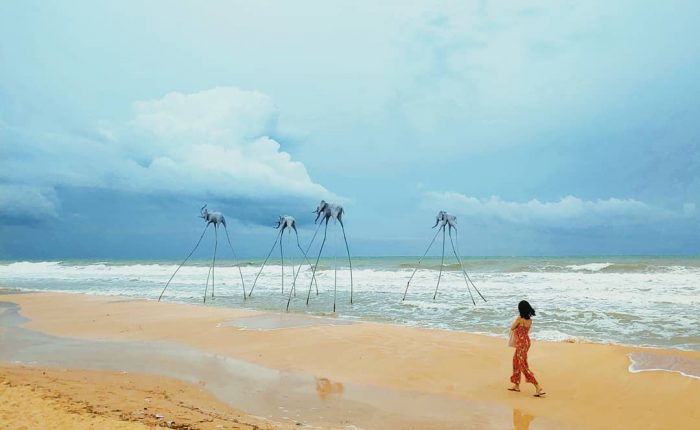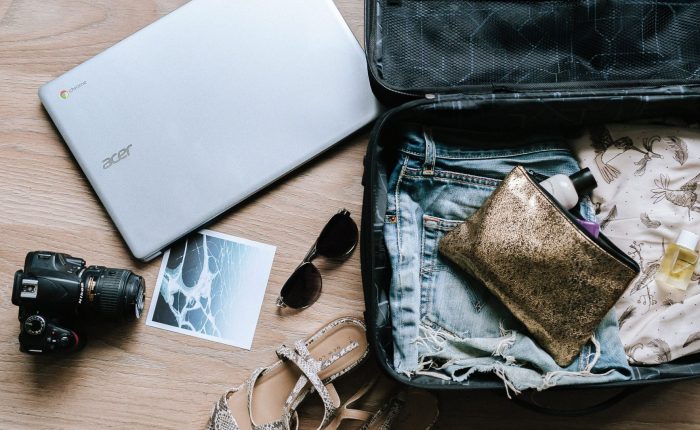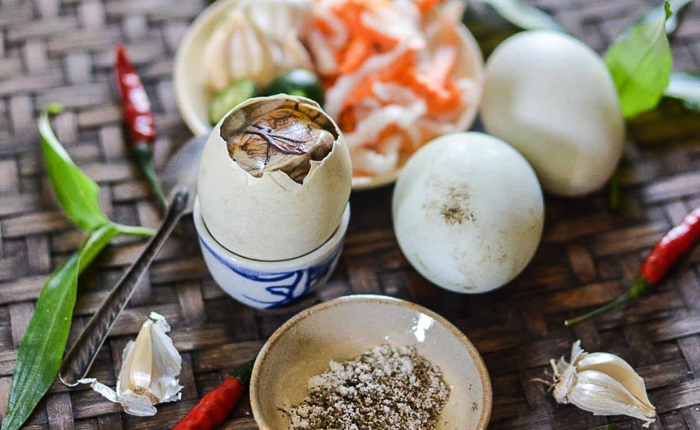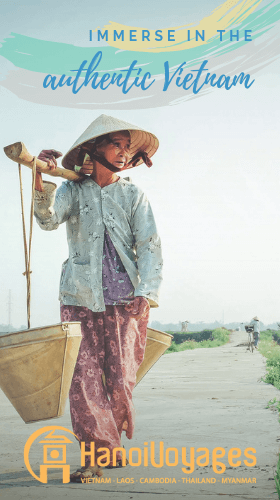When in Vietnam, it is helpful to act accordingly to local customs. This will offer you a great insight into Vietnam’s traditions and extensive history. Furthermore, it also helps you gain the respect of local people, whilst ensuring that you don’t disrupt the status quo of communities. Please read the following Vietnamese etiquette guide and bear them in mind while enjoying your time in Vietnam.
Dress

Although it is not enforced, in order to respect local customs, women should cover their shoulders. In addition, shorts and skirts should be around knee length. In religious and government buildings you should take extra care to dress modestly and conservatively.
You might meet local women dressed in a traditional ao dai (picture above)
You can bring this fitted, full-length dress back home as a souvenir, trust us, we do not think it is cultural appropriation. Same applies for an iconic palm-leaf Vietnamese conical hat.
Head
Spiritual beliefs here suggest that the head is the seat of the soul, and therefore the highest, purest part of the body (as opposed to feet). As a Vietnamese etiquette, you should not pat a child on the head, or even touch the head of another adult (even if intended as a sign of affection!)
As a sign of respect for the elderly, or other revered people, such as monks, you should take off your hat, and bow politely when addressing them. Additionally, you should remove hats and caps when entering temples.
Eating and drinking
Chopsticks are the norm, with spoons for serving or soups. Although sometimes difficult for westerners, you should hold chopsticks as close to the ends as possible. This means to avoid having your hand too far down the chopstick when eating.
Most importantly, chopsticks should never be stuck vertically into a dish or bowl. Because the “V” shape resembles incense sticks which are left to burn for the dead, this image/ idea is intrinsically associated with death. Lay your chopsticks flat across the top of your dish to signal that you’ve finished eating. There are several typical table manners in Vietnam.

Remember to serve yourself using serving spoons from the main dish. Also, don’t put your own chopsticks into the shared platters and bowls! Furthermore, don’t drink the soup from the bowl directly (as in China), use the small spoon usually provided amongst the chopsticks at the end of the table. However, it’s perfectly acceptable to bend over or slurp on a bowl of noodle soup, just remember to keep your hair clear of it!

When eating in a home-stay, or as someone’s guest, hosts may well keep offering you more food. This may seem excessive, but it is a sign of hospitality and willingness to serve. Try to eat small amounts at a time, so that you can sample something from every dish/ course that your host offers. As counter-intuitive as it may seem from a western perspective don’t finish everything on your plate. This is a sign that you would like some more, or that you haven’t been fed properly! Leave a small amount of food and drink to show that you are satisfied with what you’ve consumed.
If you would like to clean your teeth after a meal, you may use a toothpick. However, be sure to use one hand to cover your mouth at the same time!
Feet
In general, try to avoid pointing your feet at anyone or anything, especially sacred images, such as the Buddha. If you are sitting on the floor, sit cross-legged with your legs under the low table, or kneel, with your feet pointing away from other people.

Most of the time, shoes should always be taken off when entering private homes, though you should follow your host. Some shops (especially those selling clothes, soft fabrics, and other textile goods) may also require you to remove your shoes before entering. Look for dozens of pairs of shoes on the floor by the door, or shoe racks, as a clue!
Always remove shoes when entering temple or pagoda buildings.
To sum up
Respecting Vietnamese etiquette allows for a more authentic experience. After all, every country comes with its own set of social rules and norms. According to Vietnamese mentality (as elsewhere in Asia), individuals should follow these social norms so that they may blend into a harmonious society.
Have you already been to Vietnam? Are you planning to go and still have more questions than answers? Why not ask a travel consultant directly? Locals know best. No worries, it is completely free.











